Socialist Realism was the only official architectural style during the Stalinist regime after Soviet Union had occupied Latvia. It was obligatory to all architects between 1944 (Soviet re-occupation of Latvia) and 1955.
Stalin sought to make Soviet cities look grander than those of the empires gone-by and perhaps comparable to the US cities. The details inspired by previous styles (columns, towers, etc.) returned even on simple buildings such as apartment blocks. On the other hand, the sizes of such buildings were larger than before. Stalinist Palace of Sciences became the tallest building in Latvia and held that title until after independence.
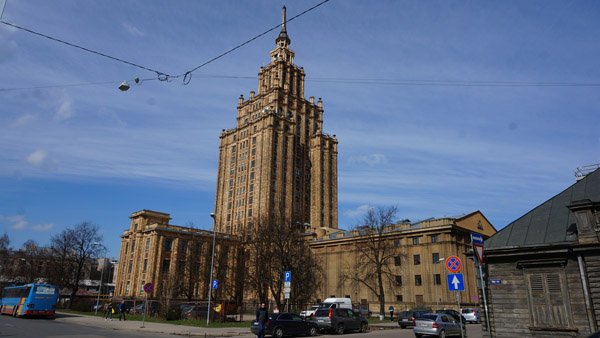
That said, Stalinist buildings looked more dull than the opulent edifices of centuries gone-by. Most Socialist realist buildings were colored grey or brown. They had massive decor elements (e.g. Greek-temple-styled columns several floors high) to draw attention from far away yet behind these elements often had quite simple lines of simple windows.

The biggest difference between the previous centuries and the Stalinist era were however the functions of the buildings. Apartment sizes were strictly controlled under Soviet occupation and the large buildings were thus subdivided into many small flats. Exceptions were made to the Soviet elite (e.g. communist party officials) who were allowed larger flats.
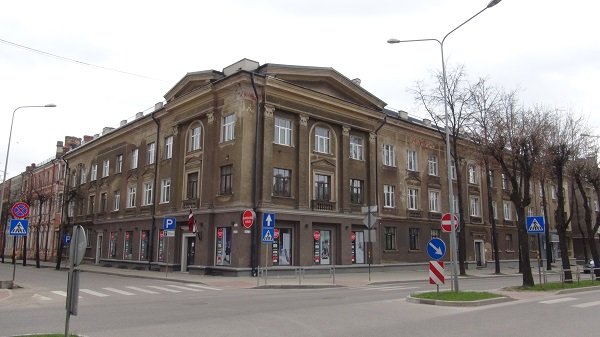
Public buildings had different functions as well. Soviet atheist policies meant that no new churches were constructed. Instead, buildings that could be used (among other purposes) to disseminate Soviet propaganda were built. The most prominent were Socialist realist cinemas (cinema according to Lenin was “Art above all arts” and every Soviet town and district had to have a cinema where propaganda movies would be shown to the general public). Additionally, educational institutions (where communism became an obligatory subject), “houses of culture” and Soviet government buildings were constructed in the style, dominating over their surroundings.
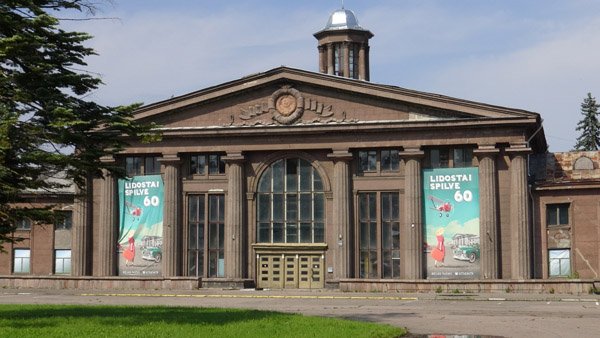
While interiors of the flats were rather shabby (although the high ceilings remind of more opulent times), interiors of public buildings were often seemingly opulent, with columns, murals and bas-reliefs. Invariably, Soviet symbolic was used heavily, e.g. hammer and sickle symbol, images of kolkhoz workers.
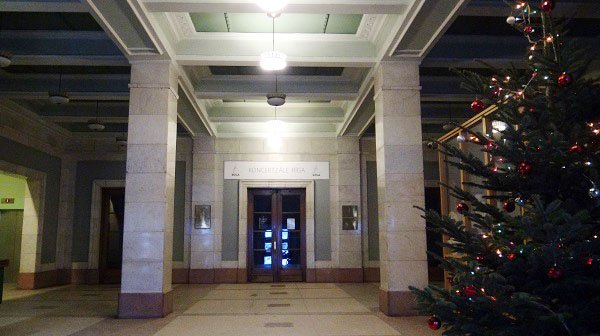
While the Socialist Architecture may seem expensive, it was actually not very much so as slave-like labor could be mobilized to build it (including prisoners of war). Additionally, the same projects were used in many cities (e.g. same-looking cinemas were built in Jelgava and Daugavpils).
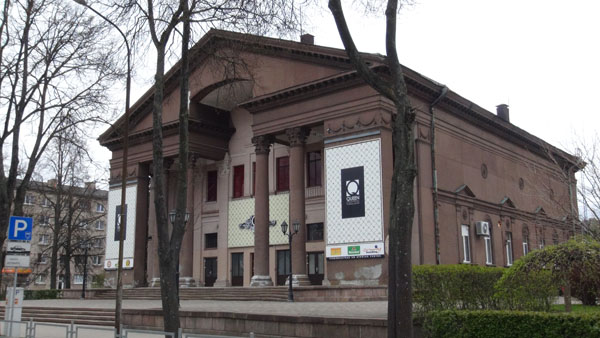
Old architecture was not valued, and entire blocks of old buildings and cemeteries were destroyed to make place for massive Socialist Realist edifices or open fields (“plazas”), thought to be a necessity for a socialist city. Most of these transformations were done by architects sent in from Russia, as most local architects were either murdered, expelled or arrested in the Soviet Genocide.
Socialist Realism was abruptly cancelled soon after Stalin’s death in 1955; the Soviet institutions decided that the style was just a part of Stalinist grandeur. While the period of Socialist Realism was short, it made a lasting influence on Latvian cities (especially Riga) due to massive resources spent in building new buildings and destroying old ones in the era, disregarding the economic needs. Additionally, it was the period when World War 2 devastation had to be repaired, and with Stalinist fervor such “repairs” typically meant outright destruction of damaged buildings, to be replaced by Socialist Realist ones.
